Test Bank For Child Health Nursing Partnering With Children & Families 3rd Edition by Jane W. Ball
Chapter 1
Question 1
Question 1
Type: MCSA
The nurse in a pediatric acute care unit is assigned the following tasks. Based on recognition that the action defined requires training beyond the preparation of a registered nurse, the nurse would refuse to:
- Diagnose a six-year-old with diversional activity deficit related to placement in isolation.
- Listen to the concerns of an adolescent about being out of school for a lengthy surgical recovery.
- Diagnose an eight-year-old with acute otitis media and prescribe an antibiotic.
- Provide information to a mother of a newly diagnosed four-year-old diabetic about local support group options.
Correct Answer: 3
Rationale 1: Nursing diagnoses are a responsibility of the nurse in an acute care unit.
Rationale 2: Listening to concerns is within the expectations of a nurse in an acute care unit.
Rationale 3: Advanced practice nurse practitioners perform assessment, diagnosis, and management of health conditions. The role of the pediatric nurse includes providing nursing assessment, direct nursing care interventions, client and family education at developmentally appropriate levels, client advocacy, case management, minimization of distress, and enhancement of coping.
Rationale 4: Providing information about support groups is within the expectations of the nurse in an acute care unit.
Global Rationale:
Cognitive Level: Applying
Client Need:
Client Need Sub:
Nursing/Integrated Concepts: Nursing Process: Implementation
Learning Outcome: 1-1
Question 2
Type: MCSA
Despite the availability of Children’s Health Insurance Programs (CHIP), many eligible children are not enrolled. The nursing intervention that can best help eligible children to become enrolled is:
- Educating the family about the need for keeping regular well-child visit appointments.
- Assessing details of the family’s income and expenditures.
- Limiting costly, unnecessary duplication of services through case management.
- Advocating for the child by encouraging the family to investigate CHIP eligibility.

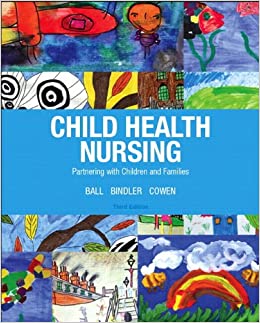
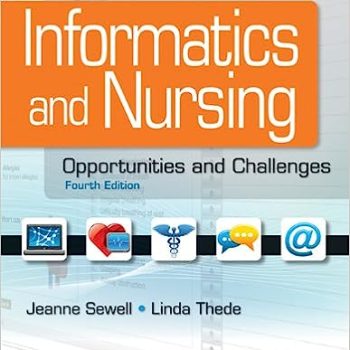
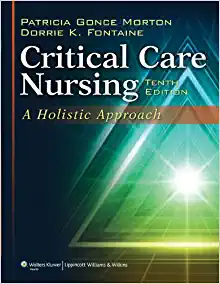

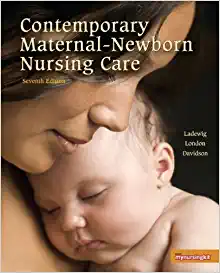

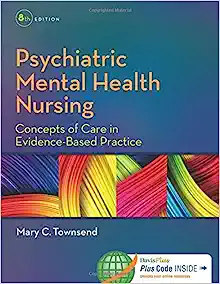
Reviews
There are no reviews yet.